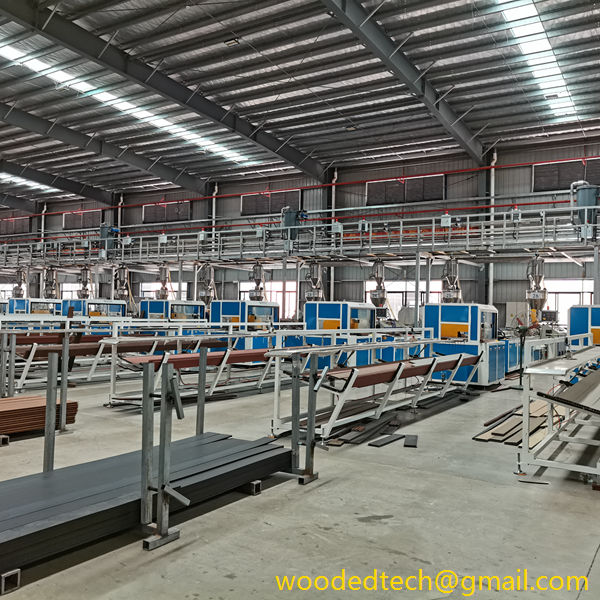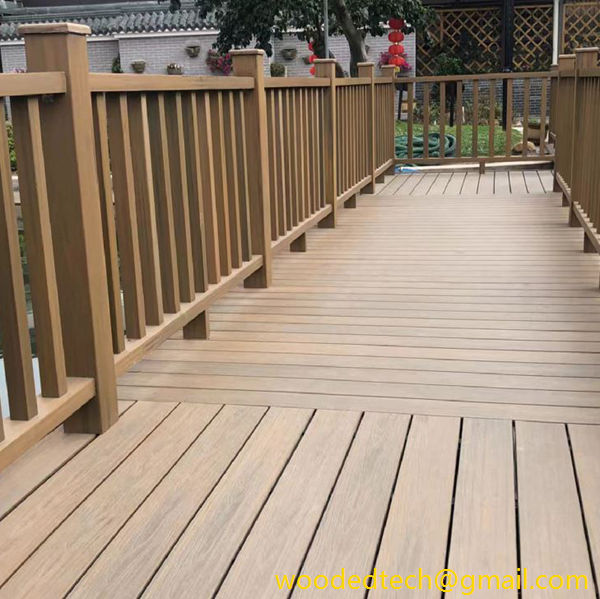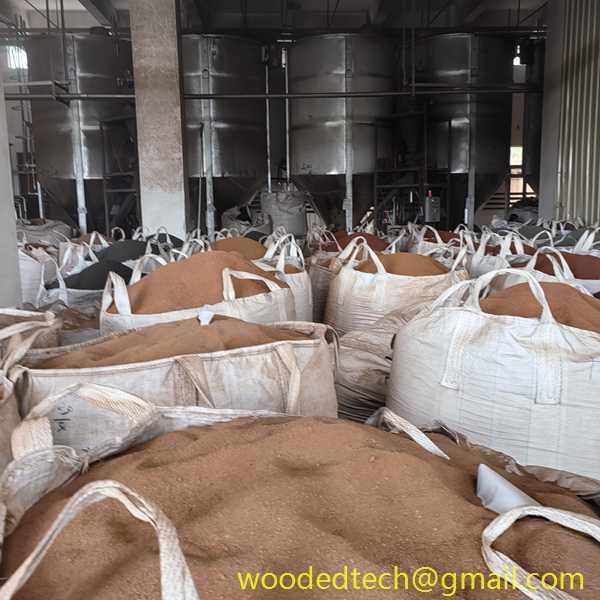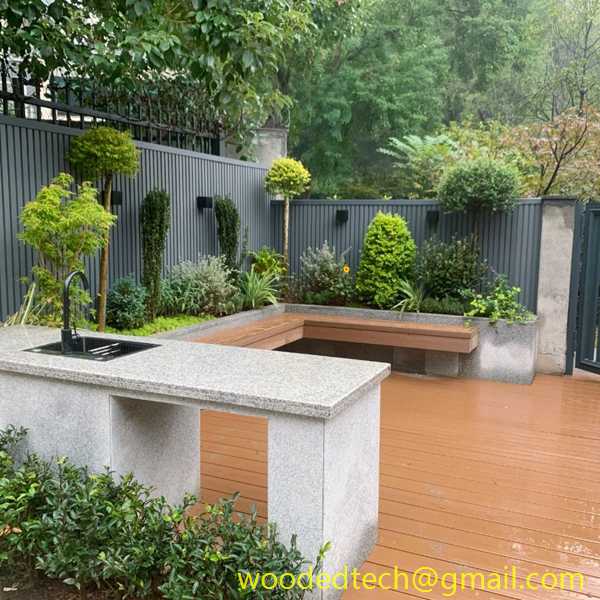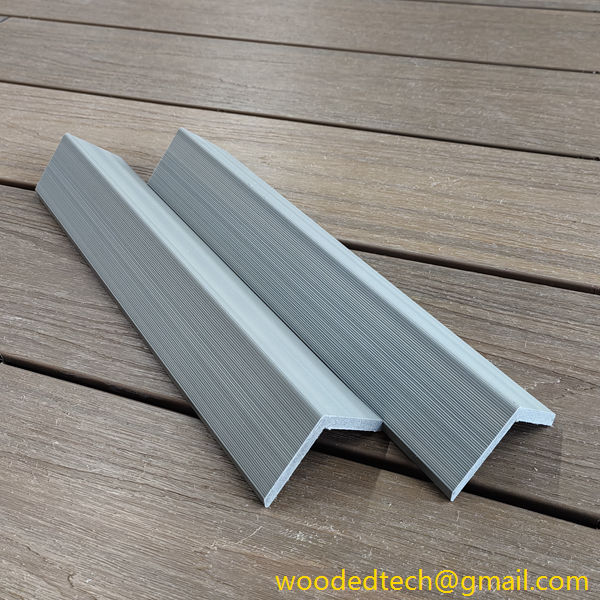WPC Wall Panel Wood Choices
Wood Plastic Composite (WPC) wall panels have gained immense popularity in recent years due to their sustainable nature and versatility. As the demand for eco-friendly building materials continues to rise, WPC wall panels have emerged as a preferred choice for both residential and commercial applications. Understanding the global production capacity and pricing advantages of WPC wall panels is essential for stakeholders in the construction and design industries.
The global production capacity of WPC wall panels is largely influenced by the availability of raw materials and technological advancements in manufacturing processes. Countries like China, the United States, and Germany are leading producers of WPC materials, primarily due to their vast forestry resources and advanced manufacturing technologies. China, in particular, has established itself as a dominant player in the WPC market, thanks to its extensive production facilities and cost-effective labor force. This has enabled Chinese manufacturers to produce high volumes of WPC wall panels while keeping prices competitive.
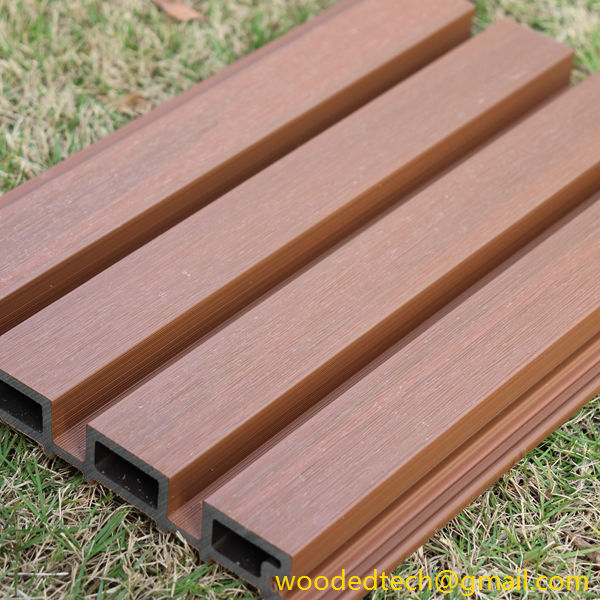
In addition to China, the United States is also a significant contributor to the global WPC market. The country has a strong emphasis on sustainable practices and eco-friendly construction materials, which has led to increased investment in the production of WPC panels. American manufacturers often focus on quality and innovation, producing high-end WPC products that cater to a more discerning customer base. Meanwhile, Europe, particularly Germany, has a well-established WPC industry that emphasizes environmentally friendly practices and high-quality standards.
The availability of raw materials is a crucial factor that influences the production capacity of WPC wall panels. WPC is made from a combination of wood fibers and plastic, with the wood fibers typically sourced from recycled materials or sustainably managed forests. The growing emphasis on sustainability has encouraged manufacturers to explore alternative sources of raw materials, such as agricultural residues and waste plastics. This shift not only helps reduce environmental impact but also enhances the overall cost-effectiveness of WPC production.
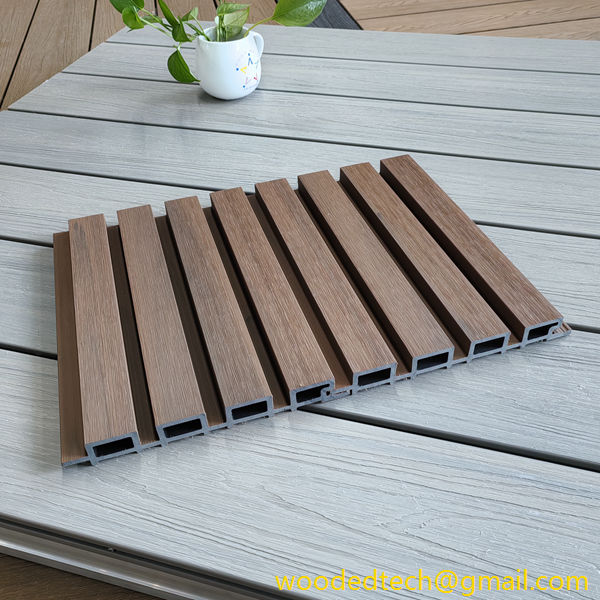
From a pricing perspective, WPC wall panels offer several advantages compared to traditional wood and other building materials. The production process of WPC panels allows for efficient use of materials, which can reduce costs significantly. The combination of wood fibers and plastics not only lowers production costs but also enhances the durability and longevity of the panels. Unlike traditional wood, WPC is resistant to rot, pests, and warping, which translates to lower maintenance costs over time. This durability is a significant selling point for contractors and builders looking to minimize long-term expenses.
Moreover, the competitive pricing of WPC wall panels is further enhanced by economies of scale achieved by large manufacturers. As demand for WPC panels continues to grow, manufacturers can increase production volumes, thereby lowering per-unit costs. This dynamic has made WPC an attractive option for budget-conscious builders who still seek quality and aesthetic appeal in their projects. 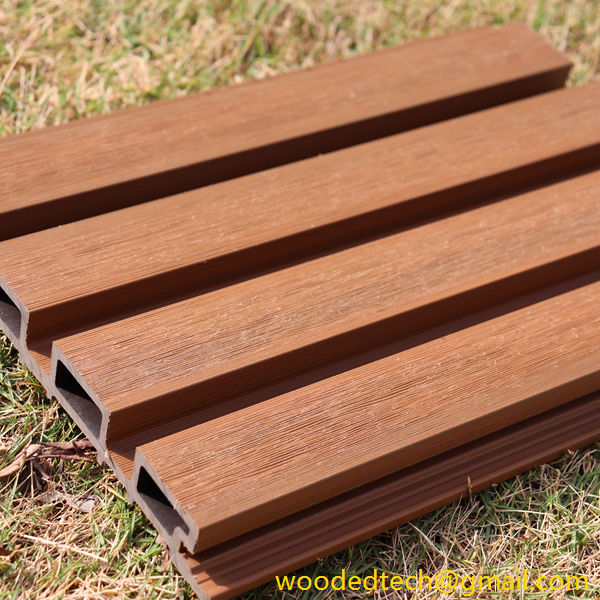
Another aspect contributing to the price advantage of WPC wall panels is the reduced labor costs associated with their installation. WPC panels are designed for easy handling and installation, which can significantly decrease labor expenses on construction sites. The lightweight nature of WPC panels means they can be transported and installed with minimal effort, allowing for faster project completion and reduced labor costs. This efficiency is particularly beneficial for large-scale construction projects where time and budget constraints are critical.
Furthermore, the global market for WPC wall panels is supported by a growing awareness of environmental sustainability among consumers. As more people seek eco-friendly building options, the demand for WPC panels is expected to rise, further driving competition and innovation in the industry. This trend is likely to result in more competitive pricing and an expanded range of products available to consumers.
In conclusion, the global production capacity and pricing advantages of WPC wall panels make them a viable choice for modern construction projects. With leading producers in countries like China and the United States, the industry is well-positioned to meet the increasing demand for sustainable building materials. The combination of cost-effective manufacturing, durability, and ease of installation ensures that WPC wall panels remain an attractive option for builders and consumers alike. As the market continues to evolve, stakeholders must remain informed about the developments in production capacities and pricing strategies to leverage the benefits of WPC wall panels effectively.

